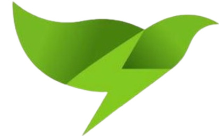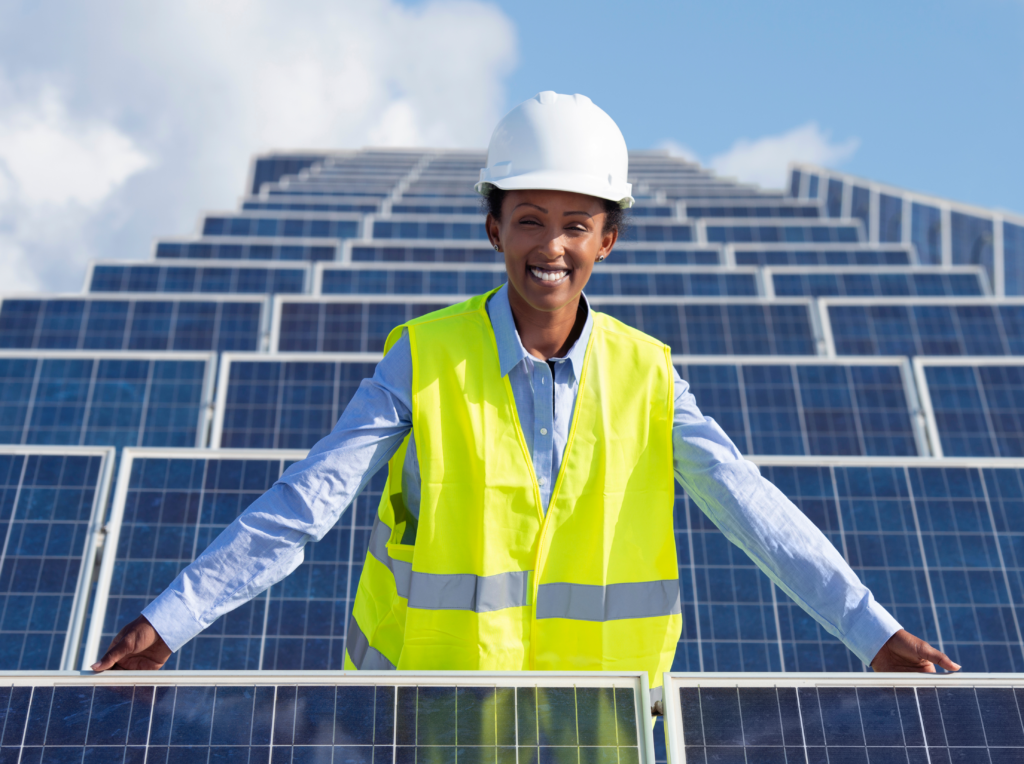NHPC's 1.2 GW FDRE project: Find lowest tariff of ₹4.37
Introduction
A growing number of individuals will be able to afford and have access to solar energy thanks to NHPC’s hunt for the lowest tariff, which comes in at ₹4.37 per unit. Since Tranche II set this pricing, it will always remain the most competitive and affordable throughout the project. Low energy rates directly reduce customers’ electricity costs. This initiative will pave the way for future electricity rates to drop and electricity to become more accessible by utilizing renewable energy.
Importance of tariff discovery
NHPC aims to increase the affordability and accessibility of solar energy for an increasing number of individuals by offering the lowest rate, which is ₹4.37 per unit. Notably, this tariff, set under Tranche II, is the most reasonable and competitive for the entire project. As a result, low energy rates directly impact how much power consumers have to spend. Consequently, through the use of renewable energy, this initiative will pave the way for future rate reductions and more affordable electricity.
Successful Bidder
A total of five companies have been declared winners in this project:
- Essar Renewables
- Juniper Green Energy
- Serentica Renewables
- Hexa Climate Solutions
- Avada Energy
All these companies are well-known in the field of renewable energy and possess significant expertise in solar energy projects. Consequently, the selection of these companies highlights the burgeoning market for solar energy in India. This market is now attracting major industry players. Moreover, these companies will collaborate on NHPC’s ambitious project. As a result, this collaboration is expected to enhance the efficiency of energy production. In turn, it will have a positive impact on the environment.
Project Location and Details
NHPC will install 1.2 GW of floating solar panels on Omkareshwar Reservoir in Andhra Pradesh. The solar panels will float above the reservoir, utilizing water surfaces for energy generation. Such projects are highly beneficial due to their low land use as they utilize water sources while leaving land for agriculture or other vital purposes.
Another advantage of floating solar panels is that it reduces the evaporation rate of water in the reservoir, thereby saving water. Additionally, this model keeps water sources cool, thereby increasing the efficiency of solar panels and improving energy production.
Impact on renewable energy in India
This project is a major step towards India’s renewable energy goals. India has set a target of 500 GW renewable energy generation by 2030, and this project will contribute significantly in this direction. New technologies are driving renewable energy projects like floating solar. These innovations are transforming how we produce energy. By adopting these methods, the industry is exploring new ways to generate electricity efficiently.
Energy security in India has increased with the emergence of such solar energy projects since they allow the nation to become self-sufficient. Furthermore, by reducing land use, floating solar installations preserve land accessible for development and agriculture.
Future Prospects
This project will accelerate energy production. It is estimated that thousands of homes will receive cheap and clean electricity from it. Additionally, there are strong possibilities for more such projects in the future. These future projects will further accelerate the development of solar energy. Organizations like NHPC will play a major role in this process. They are leading the way by adopting innovative technologies to meet the energy needs of the country.
Conclusion
The lowest tariff (₹4.37 per unit) discovered by NHPC and the 1.2 GW FDRE project are two noteworthy breakthroughs in India’s energy market. By completing this project, energy output will rise and a steady supply of reasonably priced, sustainable energy will be guaranteed. Furthermore, this program will significantly advance environmental protection, which is crucial for India’s long-term economic growth.


